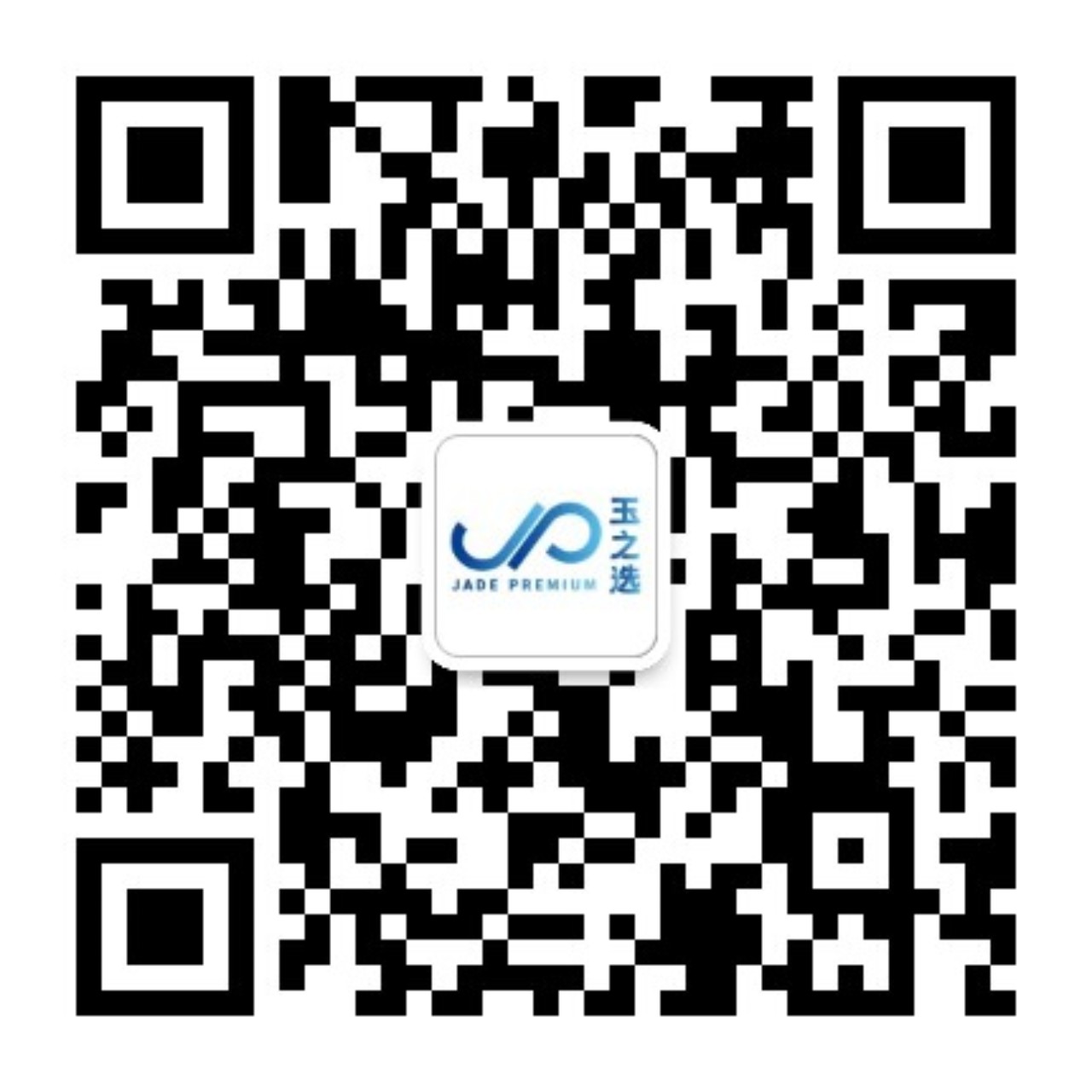Uzbekistan’s Economic Landscape and Trade Environment
2024-06-18Economic Overview
Uzbekistan, located in the heart of Central Asia, is a key node along the Silk Road Economic Belt. Since gaining independence, Uzbekistan has transitioned from a planned economy to a market-oriented one. In recent years, the country has accelerated market reforms and maintained steady economic growth.
Uzbekistan’s economy is supported by its "Four Treasures":
Gold
“White Gold” (Cotton)
“Black Gold” (Oil)
“Blue Gold” (Natural Gas)
Coupled with its labor advantages and government-led diversification policies, Uzbekistan’s GDP continues to rise. In 2023, the country set a GDP growth target of 5.8%, reflecting strong confidence and determination toward sustained economic expansion.
Import Demand in Uzbekistan
Grains
Wheat and flour are among Uzbekistan’s primary imported food products. Due to high domestic demand—particularly in densely populated urban areas—and limitations in arable land, yield fluctuations, and quality requirements, Uzbekistan relies heavily on international markets to secure high-quality wheat supplies.Sugar Raw Materials
Due to climatic constraints, the cultivation of sugar beet and sugarcane is limited. As a result, Uzbekistan imports significant quantities of sugar and sugar raw materials to meet production needs in confectionery, beverages, and other food processing industries.Oils and Fats
Uzbekistan imports margarine and blended oils to bridge local production shortfalls and high domestic production costs, thereby ensuring adequate supply and meeting diverse consumer preferences for cooking oils.Meat
Although Uzbekistan has a well-established livestock industry, to balance supply and demand and ensure variety—particularly in premium and processed meat categories—the country imports beef and other meat products from countries like Brazil.
Foreign Trade Policy
In recent years, Uzbekistan has implemented a range of foreign trade liberalization and investment attraction policies. These include:
Simplifying customs procedures
Reducing tariff barriers
Enhancing intellectual property rights protection
Creating a fair and transparent business environment
Additionally, Uzbekistan actively participates in the Belt and Road Initiative (BRI) and strengthens economic cooperation with China, Russia, and neighboring countries through a series of free trade agreements and economic cooperation pacts. These efforts aim to expand trade volumes and promote multilateral trade development.
Customs and Logistics Infrastructure
Uzbekistan’s government places high importance on improving its logistics infrastructure and enhancing customs efficiency. Major initiatives include:
Investing in modernizing international airports, land border crossings, and the national railway network to strengthen connectivity.
Implementing an electronic customs clearance system, which significantly streamlines customs processes.
Although Uzbekistan’s logistics infrastructure still lags behind that of more developed countries, continued progress through the BRI and growing regional cooperation is driving steady improvements. These advancements provide robust support for the country’s expanding international trade.
Outlook
As Uzbekistan deepens reforms and opens its market, the country is actively pursuing international trade opportunities. By importing key goods and technologies, Uzbekistan aims to drive industrial transformation and modernization. Improvements in trade policy and logistics infrastructure are also helping to attract increased foreign investment.
Looking ahead, Uzbekistan is poised to play an increasingly significant role within the global supply chain, offering substantial economic potential and development opportunities.

